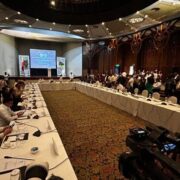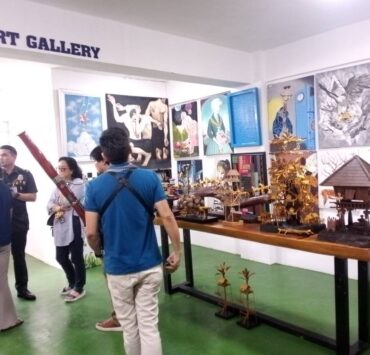Kamias Triennial: How a ‘joke’ art show rose to prominence
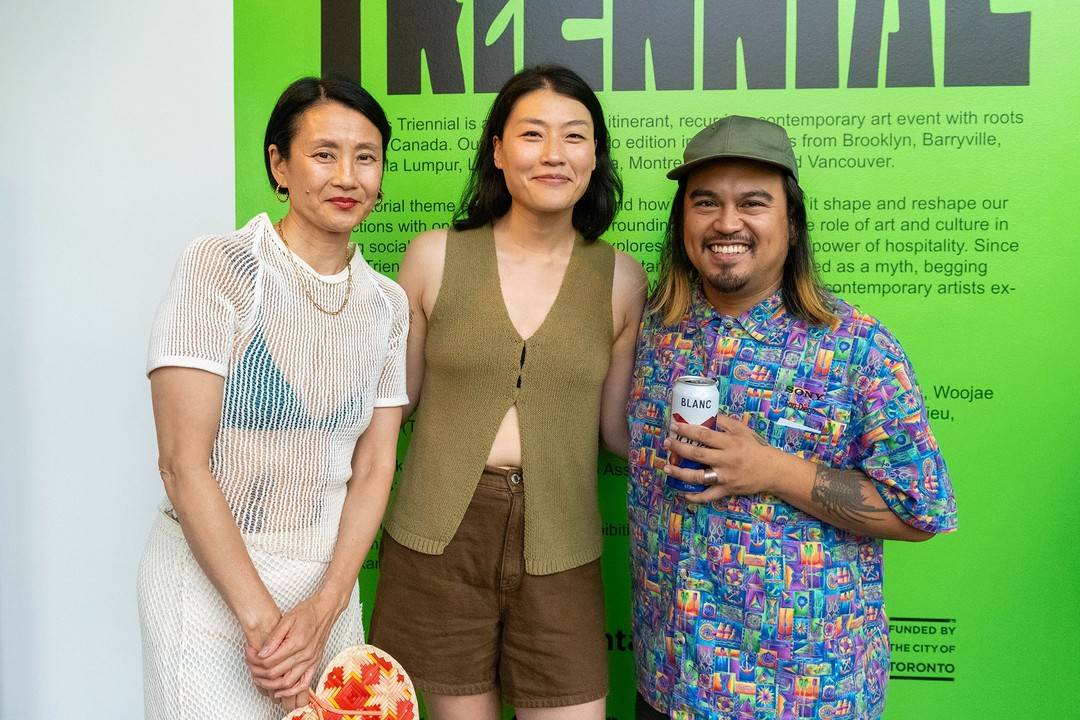
The Kamias Triennial (KT), conceived by artist Patrick Cruz, began in his ancestral home in Kamias, Quezon City. What started as a lighthearted, almost satirical art exhibit has transformed into a significant, government-funded festival.
Initially, it was a casual gathering where artists displayed their work, akin to a house party with an exhibition. “The first Kamias Triennial was really just a joke,” Cruz told Lifestyle in Filipino. “I came home to the Philippines and decided to host an art event, calling it a ‘Triennial.’”
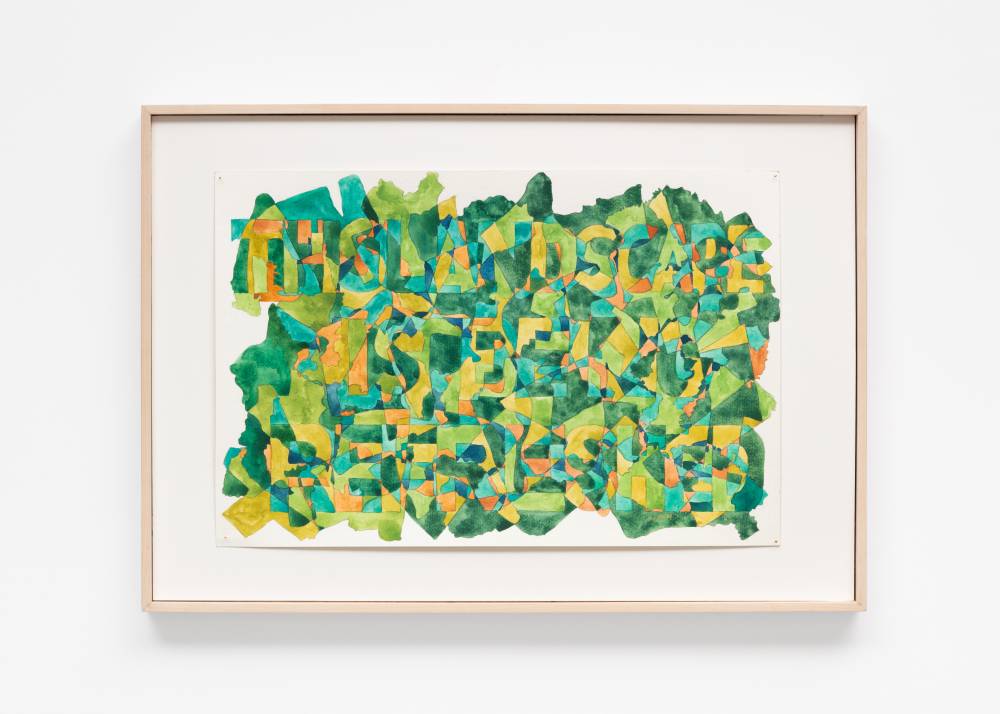
While the term “Triennial” often implies a large-scale event, Cruz envisioned something different: a one-day exhibition. However, as the event grew, it began attracting collectors and gaining attention.
“During the second one, we gained traction. Collectors came, bought works and asked when the next one would be,” Cruz noted.
This marked the beginning of the Triennial’s evolution into a serious, established event. With Allison Collins joining as curator, the event secured funding and continued to develop. The previous edition took place in Kamias.
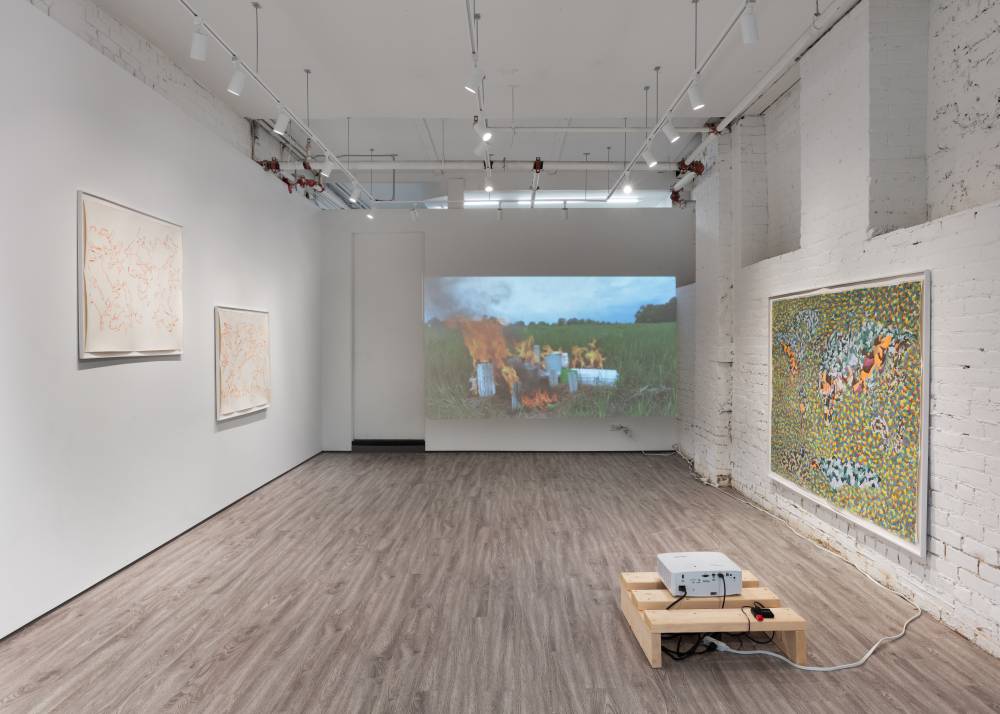
The fourth edition, initially slated for 2023, was planned to be held in Quezon City once again. However, uncertainties due to quarantine restrictions and budget constraints led the collective to rethink their approach. The collective had previously received full funding from the Canada Council for the Arts, but this time, they struggled to secure sufficient funds. Cruz reflected on the broader challenges, saying, “There have been budget cuts in the arts sector across Canada after the pandemic.” Local artists face similar financial hurdles, highlighting the difficulties in organizing art events.
This situation prompted the KT collective to experiment with the Triennial in a new setting. For the first time, the Triennial took place outside its traditional location, in Toronto—another city Cruz considers home. This edition represented a form of migration, shifting the event’s roots to a new environment.

‘Long-Distance’
The event ran from July 4 to July 29 in Toronto, featuring various venues, including a film screening at the Toronto Museum of Contemporary Art. Among the Triennial’s highlights was the group show titled “Long-Distance,” a staple of the Triennial’s programming, showcasing 12 artists from various places namely Dean Baldwin Lew (Montréal), Lena Cobangbang (Manila), Kiri Dalena (Manila), Cian Dayrit (Manila), Erin Gee (Montréal), Kolown (Manila), Woojae Kim (Vancouver), A.S.M. Kobayashi with Meredith Talusan and Maylee Todd (Toronto/Barryville/New York City/Los Angeles), Okui Lala (Kuala Lumpur), Sung Tieu (Berlin), Mama’s Boy (Tanya & Olive Villanueva) (Manila) and Xuan Ye (Toronto).
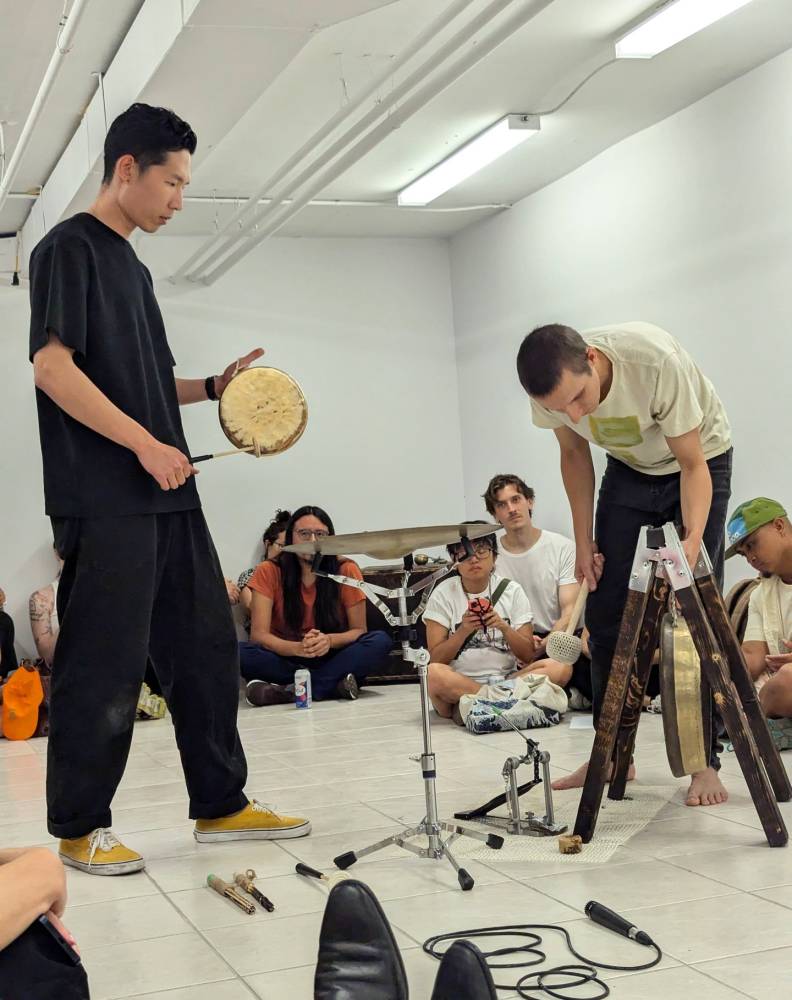
In terms of reception, the Triennial stood out from typical Western art festivals, which often adhere to an overarching theme. Cruz, along with his cocurators Lee Su-ying and Karie Liao, approached KT as more informal and organic. “Our cocurators and I choose artists we want to work with and we each take responsibility for them,” Cruz explained. “It’s like a chop suey curation, but that’s where the magic happens. It’s organic, and in Canada, that’s not the norm. KT resists the thematic approach typical of art festivals.”
Cruz also noted the cultural differences in art events between Canada and the Philippines. In Canada, exhibition receptions are often formal, and attendees typically have to pay for their own drinks. “We wanted to bring the warmth and fun we have back home,” Cruz said, aligning with the Triennial’s themes of distance and hospitality.
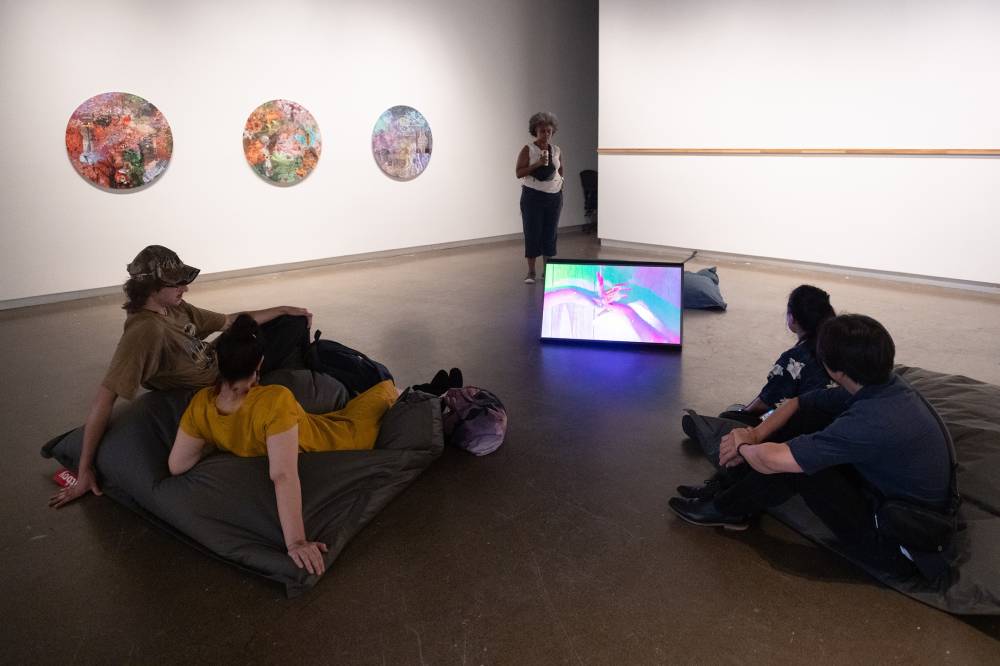
Lena Cobangbang
One of the program highlights of KT was Cobangbang’s solo exhibition, “Mine is the soil and the toil for your paradise,” held at Towards Gallery. Cobangbang, a CCP Thirteen Artist Awardee, presented work deeply engaged with themes of land and labor.
This exhibition featured Cobangbang’s previously unseen works in Canada. The title of the show underscored the belief that creativity stems from effort and a deep connection to the land, while also exploring art’s ability to bridge social, political and geographical divides, putting focus on the idea of hospitality.
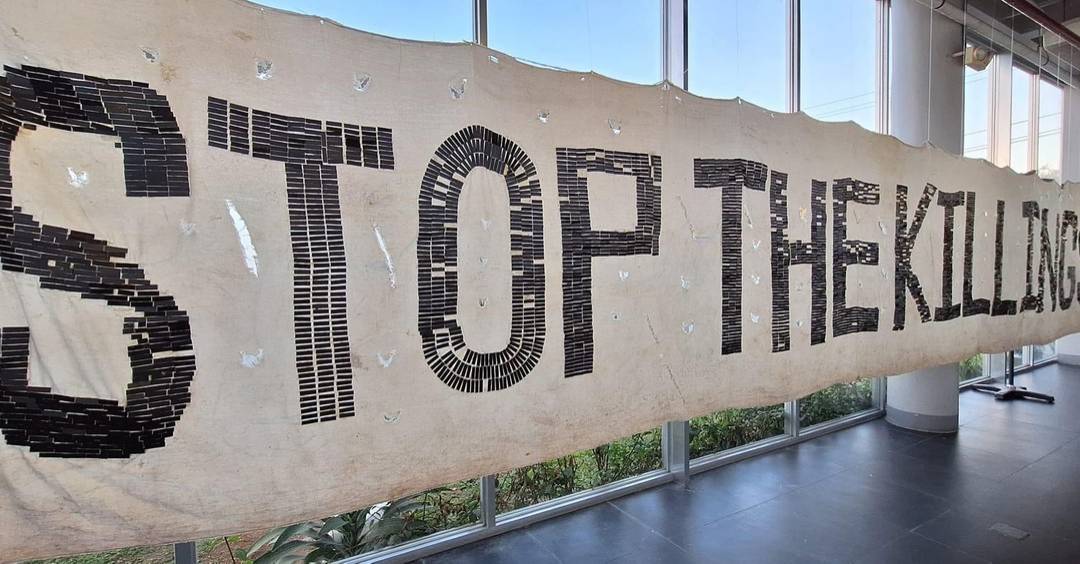
Cobangbang’s involvement with KT dates back to its inception in 2014. Cruz fondly recalled a performance art piece she presented in the first KT, where she drank a bottle of San Miguel beer straight, reflecting the playful spirit of the event’s early days. Given her longstanding connection to the Triennial and her familial ties in Canada, it was a fitting choice to feature her solo show.
Cobangbang herself appreciated the opportunity to experience the warmth extended by kababayans from Tagpuan Kensington, a Filipino Homestyle Café that offered to cater her show’s opening reception. And, reconnecting with an old friend, a former museum worker from Manila, who assisted her in mounting her works, further reinforcing the Triennial’s themes of hospitality despite its distance from Kamias.
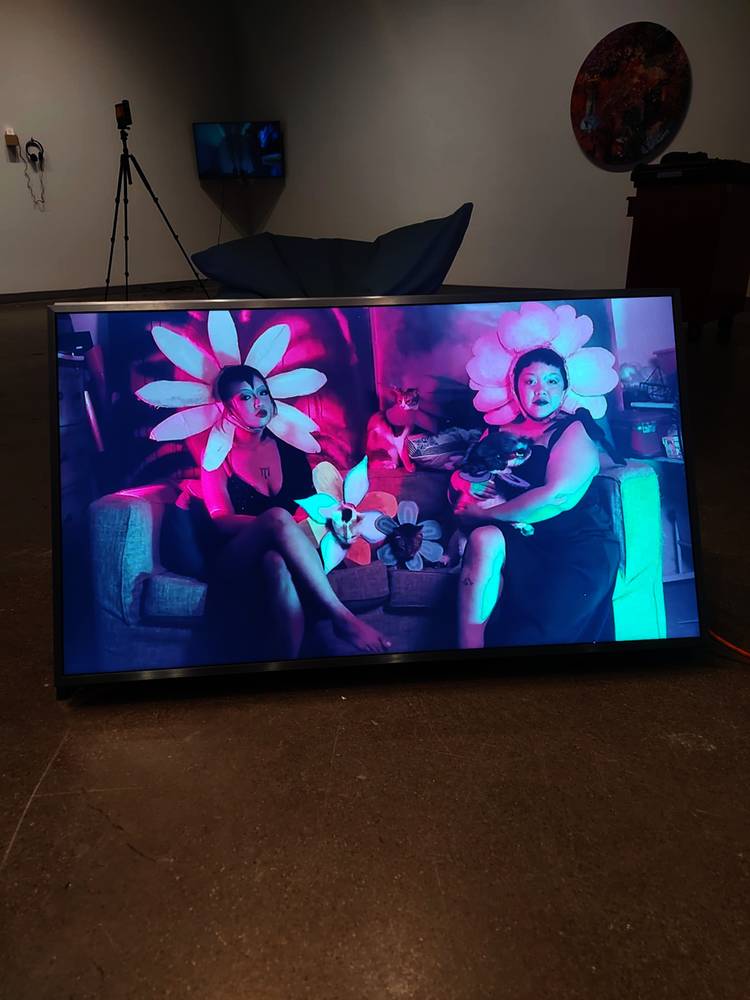
Reflecting on the fourth KT, Cruz remarked, “The Kamias Triennial in the Philippines is still something special. KT in Toronto was an experiment. I’d consider doing it again if we secure full funding. Organizing a large festival is very expensive, so if we do this again in Canada, we would need to scale down.”








